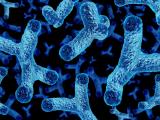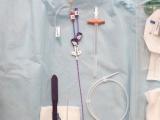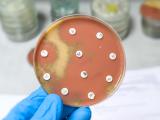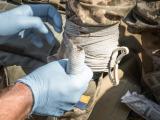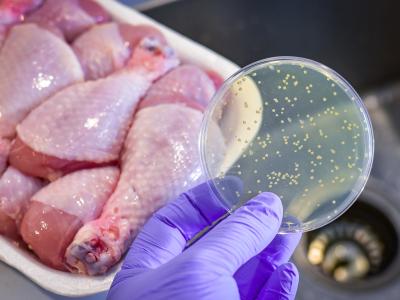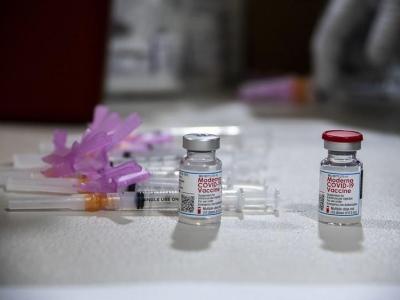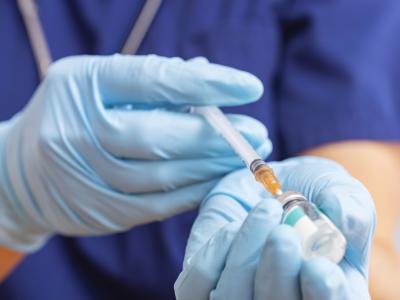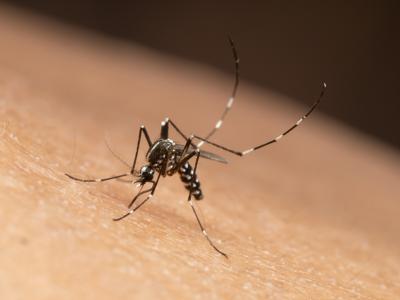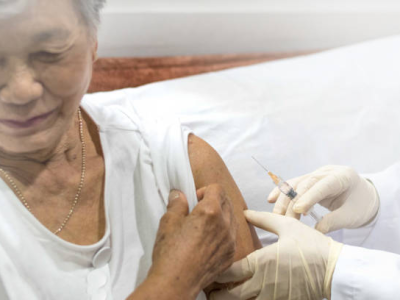Fully synthetic macrolide antibiotic candidates may help counter growing resistance to currently available treatments while allowing researchers to easily develop new drugs by varying their basic structures, according to a study today in Nature.
For the past 60 years, antibiotics have been developesd through semisynthesis, a process that structurally modifies naturally occurring antimicrobials to make them safe and effective for human use. Development efforts for new drugs or manufacturing processes are increasingly important, because many bacterial strains encountered in healthcare and community environments have grown resistant to antibiotics produced semisynthetically, including the macrolides clarithromycin and azithromycin.
All macrolide antibiotics are currently made by modifying erythromycin, a process that makes it difficult or impossible to introduce chemical changes significant enough to tackle antimicrobial resistance.
To address this stumbling block in developing novel drugs, a research team from Harvard University's Department of Chemistry and Chemical Biology created more than 300 new, fully synthetic macrolides, most of which showed antibiotic activity in cell culture, several against highly resistant bacterial strains.
Synthesis of hybrid and modified macrolides
The Harvard team identified three macrocyclic scaffolds, the chemical rings that form the fixed molecular base of all macrolide antibiotics, and modified or substituted elements to produce fully synthetic antibiotic candidates. Most macrolides are 14-, 15-, or 16-membered, which refers to the number of bonded chemical components composing their scaffolds.
The antimicrobial activity of synthetic azaketolide antibiotics has not been studied thoroughly. Azaketolides are hybrids of ketolides—which replace a carbohydrate residue of erythromycin with a carbonyl group—and the azide azithromycin, which incorporates a nitrogen atom in its scaffold. The first step in making a suite of synthetic drugs was developing a 14-membered azaketolide that substituted a carbonyl group with an amino group, a change not feasible under semisynthetic methods.
Azaketolide antibiotic synthesis involved a seven-step method based on eight chemical building blocks that underwent convergent coupling reactions to produce a rigidly structured and stable compound. Convergent coupling reactions, in which two parts of the compound that have been developed separately are combined, resulted in the formation of a side chain without carbons that has the potential to target bacterial ribosomes.
The Harvard team then synthesized a 15-member azaketolide antibiotic candidate using the same seven-step process on a hybrid molecular scaffold that contained structural features of azithromycin and the clinical candidate antibiotic solithromycin. Adjusting the structure of the chemical scaffold in this case meant simply modifying three building blocks used to assemble the 14-membered compound, the authors said.
Synthesizing 14-membered ketolides—a group that currently includes solithromycin and the approved, yet controversial, telithromycin—allowed researchers to experiment with varying steps in the coupling process. The authors found that they could build synthetic ketolides with antimicrobial potencies higher than solithromycin by varying the points at which molecular linking and side-chain development occurred.
"In light of this, it seems logical to conclude that developing similar convergent routes to other naturally occurring antibiotic families may accelerate the discovery of new therapeutic agents for human infectious disease," the authors said.
The Harvard team produced a suite of more than 300 fully synthetic macrolides developed using the seven-step process, the authors said. The researchers also developed unique scaffolds, in addition to the three azaketolide and ketolide structures, by modifying separate parts of the compound before they were coupled.
Developing unique, synthetic structures "provided novel scaffolds to explore, but also permitted deep-seated variations of positions within these scaffolds, thus enabling access to molecules that could not be prepared using semisynthetic methods," the authors said.
Antibiotic potential
When 305 fully synthetic macrolides were screened against gram-positive and gram-negative bacterial strains using broth microdilution testing—which is the most common assay used to test antibiotics—most (83%) were efficacious against wild-type Streptococcus pneumoniae, which is highly susceptible to macrolide antibiotics, the authors said.
Numerous 14- and 15-membered azaketolides and 14-membered ketolides showed promise in treating antibiotic-resistant bacteria. In particular, two ketolide compounds demonstrated higher antimicrobial potential compared with any macrolide in current clinical use against resistant strains of S pneumoniae and Pseudomonas aeruginosa, vancomycin-resistant Enterococcus (VRE), and methicillin-resistant Staphylococcus aureus (MRSA), the authors said.
By demonstrating chemical processes that allow for variation in how antibiotics can be built and modified, the authors note that their findings present an opportunity to develop many thousands of antimicrobial candidates with potential to treat drug-resistant bacteria.
"Employing as a design strategy the multiply convergent assembly of simple building blocks, we have developed a platform of unprecedented versatility for the discovery and practical synthesis of novel macrolide antibiotics," the authors said.
See also:
May 18 Nature study




